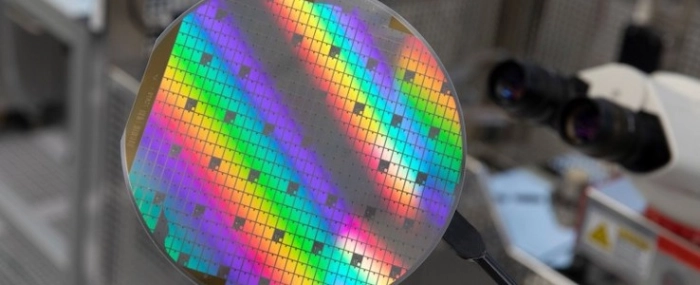
Chinese team presents 256-core multi-chiplet 'big chip'
Researchers at the Chinese Academy of Sciences believe they have made a major breakthrough – a chip combining 16 chiplets, each holding 16 RISC-V cores, interconnected via network-on-chip.
According to the report from a journal called Fundamental Research, the team calls its project the Big Chip, and has plans to scale up to 1,600 cores by utilising an entire wafer.
If the tech proves itself, it could be significant. Every new generation of chips increases transistor density, which makes it hard to deliver the required performance. Now, chipmakers are looking at alternative approaches to making processors more capacious. One is breaking devices into chiplets and linking them together, while another is etching them on an entire silicon wafer. They are also considering a combination of both approaches that stacks chips to extend capacity and function.
However, all of them are limited by the capabilities of the lithography equipment that is used to etch chips.
So-called wafer-scale chips have only been achieved by one company – Cerebras – so far. But with this news it appears the Chinese developers are closing in. The report says they have built a 256-core multi-chiplet design and are exploring ways to go wafer-scale, using an entire wafer to build one large chip (up to 1,600-core).
"For the current and future exa-scale computing, we predict a hierarchical chiplet architecture as a powerful and flexible solution," the researchers wrote. “The hierarchical-chiplet architecture is designed as many cores and many chiplets with hierarchical interconnect. Inside the chiplet, cores are communicated using ultra-low-latency interconnect while inter-chiplet are interconnected with low latency beneficial from the advanced packaging technology, such that the on-chiplet latency and the NUMA effect in such high-scalability system can be minimised."
